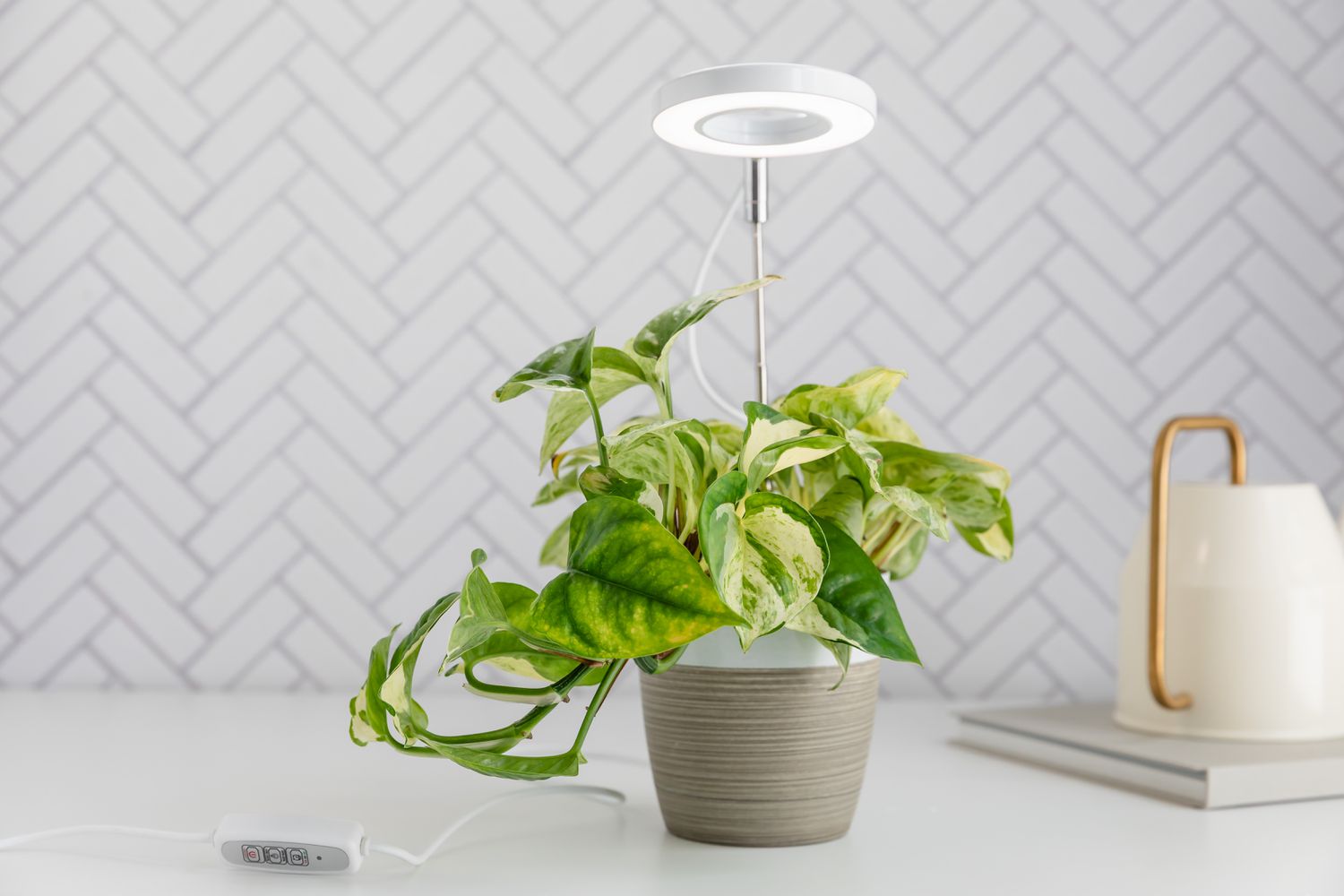Alright, so let me tell you about my little adventure with these UV lights for indoor plants. It all started because my apartment gets about as much sunlight as a hobbit’s hole. Seriously, I had a couple of plants, trying to make the place look less like a concrete box, and they were just… sad. Yellowing leaves, dropping all over the place, the whole depressing shebang.
I’m no green thumb, believe me. I kill plastic plants. But I was determined. I’d heard folks talking about grow lights, and then specifically “UV lights” for plants. Sounded fancy, maybe a bit much, but my basil was looking particularly pathetic, and I really wanted fresh herbs without paying a fortune at the store.

Getting Started with the Light
So, I went online, typed in “uv light plants indoor,” and boom, a million options. Some looked like alien spaceships, others were just simple strips. I didn’t want to spend a ton, so I grabbed one of those clip-on ones with a couple of bendy arms. Seemed easy enough. When it arrived, the instructions were… well, let’s just say they were translated by a potato. But it’s a light, right? Plug it in, point it at the plants. How hard could it be?
First attempt: I clipped it onto a bookshelf, aimed the lights right at my droopy herbs and a sad-looking succulent I’d been neglecting. I figured, more light, the better! So I left it on. Like, 24/7 for the first two days.
Yeah, don’t do that. Some of the leaves started to look a bit scorched. Not exactly the vibrant green I was hoping for. My poor basil looked even more stressed out. I almost gave up, thinking this UV light stuff was a scam.
Figuring Things Out (The Hard Way)
I did a bit more digging, you know, actual reading this time, not just looking at pictures. Turns out, plants need a night cycle too. Who knew? It’s not like the sun shines for 24 hours straight. So, lesson learned.
Here’s what I started doing:
- Timer is your friend: Most of these lights come with a built-in timer, or you can get a cheap outlet timer. I set mine for about 10-12 hours a day. On in the morning, off in the evening.
- Distance matters: I’d put the light way too close initially. You don’t want to cook your plants. I moved the light heads up a bit, maybe 6-8 inches away from the top leaves. Had to play around with this a bit depending on the plant.
- Spread it out: Those bendy arms were actually useful. I tried to position them so the light covered all the plants fairly evenly, not just blasting one spot.
It wasn’t rocket science, but it took a bit of fiddling. For a week or so, I was constantly tweaking the position, checking the leaves, muttering to my plants like a crazy person. My cat also thought the purple glow was an invitation to party, so I had to make sure the setup was cat-proof. That was a whole other battle.
So, Did It Work?
Slowly, but surely, things started to change. This is the good part. My basil, the one that was on death’s door, started to perk up. New little leaves started appearing! The color came back, a proper green instead of that sickly yellow. Even my stubborn succulent seemed happier, or at least, less actively dying.

It wasn’t an overnight miracle, mind you. Took a few weeks to really see a difference. But the new growth was definitely there. I even managed to grow some parsley from seeds under that light, which felt like a massive win for someone like me.
Now, I’ve got a few of these lights around. One for the herbs in the kitchen, another for some foliage plants in the living room that never see the sun. It’s made a huge difference. My place still isn’t a jungle, but at least my plants look alive now, and I get my fresh basil.
So, if your plants are struggling because your place is dark, these UV lights (or grow lights, whatever they’re calling them that week) are worth a shot. Just don’t be like me and try to fry them on day one. A little patience, a bit of adjustment, and you’ll get there. It’s not as complicated as it sounds, just gotta do it.





















